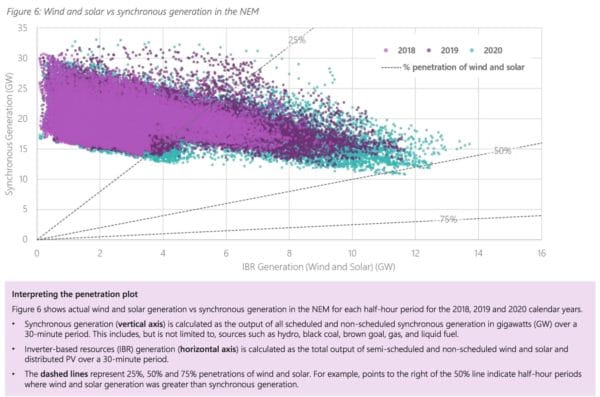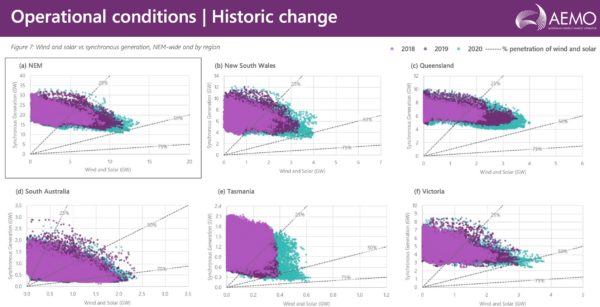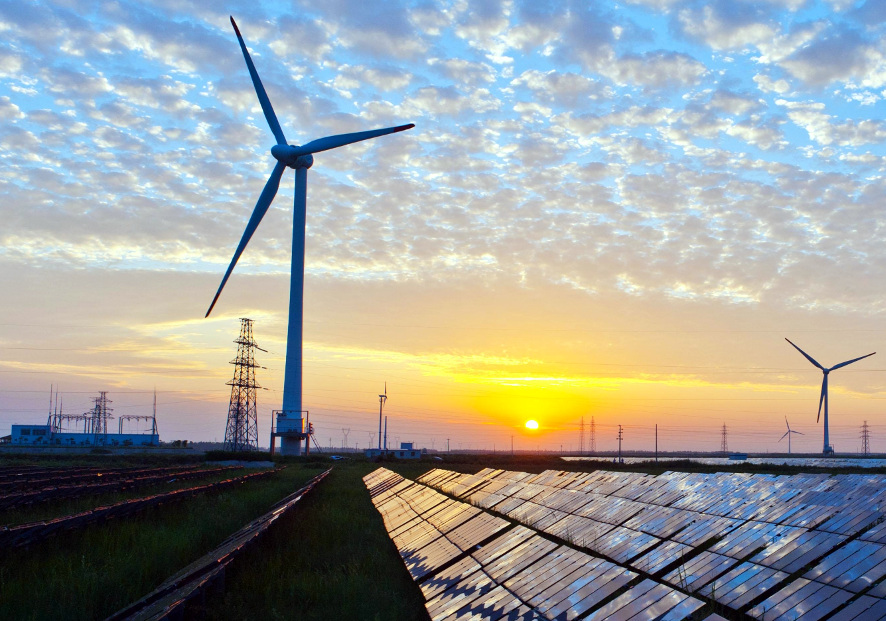The Australian Energy Market Operator (AEMO) has built on its 2020 Integrated System Plan (ISP) and 2020 Electricity Statement of Opportunities (SOO) with the publication of its Engineering Framework March 2021 report, another effort toward organising the National Energy Market’s (NEM) infrastructure in the accelerating energy transition.
AEMO’s manager of future energy systems, Chris Davies, said support for the concept of an engineering framework had strong support from industry. “Together with industry, we’ll be working to identify possible future operational conditions for the NEM power system, understand current work underway to then collectively act to address the most urgent issues,” said Davies.
As indeed any engineer would approve, this March framework is more of a framework for the framework, or, as Davies called it, “a baseline for the Framework, so we can understand all the moving parts across industry and work out how they fit together, including future priorities for AEMO.”
A key focus of the report is the accelerating growth of wind and solar and what operational changes are underway to support that. According to AEMO wind and solar, which reached a high of 38% of electricity supply at one point in 2018, rose to 52% in 2020.

This acceleration means that, in the words of the report, “We are already in the realm of new and challenging operational conditions. The Renewable Integration Study (RIS) identified that for wind and solar penetrations greater than 50% coordinated action was needed to support a secure transition.”
Examples of these “operational conditions” include:
• Operation at very low operational demand.
• Operation with daily cycles from very low to very high levels of synchronous generation.
• Operation with high penetrations (>75%) of wind and solar in one or more neighbouring regions.
• Operation of a system with high volumes of price-responsive energy storage or demand response.

As a result, AEMO says that everyone needs to come together and “actively plan and consider what changes need to be made so we are prepared to operate during these periods. The Engineering Framework seeks to collaborate on operational conditions that may arise, so the power system continually delivers desired outcomes for consumers.”
“The NEM is rapidly moving towards operating for hours at a time with a completely different mix of generation sources,” continued Davies, “which will be unique for any large power system in the world. Working together as an industry we can plan our way through these changes to provide a sustainable energy system that delivers affordable, safe and reliable energy for all Australians.”
This content is protected by copyright and may not be reused. If you want to cooperate with us and would like to reuse some of our content, please contact: editors@pv-magazine.com.









1 comment
By submitting this form you agree to pv magazine using your data for the purposes of publishing your comment.
Your personal data will only be disclosed or otherwise transmitted to third parties for the purposes of spam filtering or if this is necessary for technical maintenance of the website. Any other transfer to third parties will not take place unless this is justified on the basis of applicable data protection regulations or if pv magazine is legally obliged to do so.
You may revoke this consent at any time with effect for the future, in which case your personal data will be deleted immediately. Otherwise, your data will be deleted if pv magazine has processed your request or the purpose of data storage is fulfilled.
Further information on data privacy can be found in our Data Protection Policy.